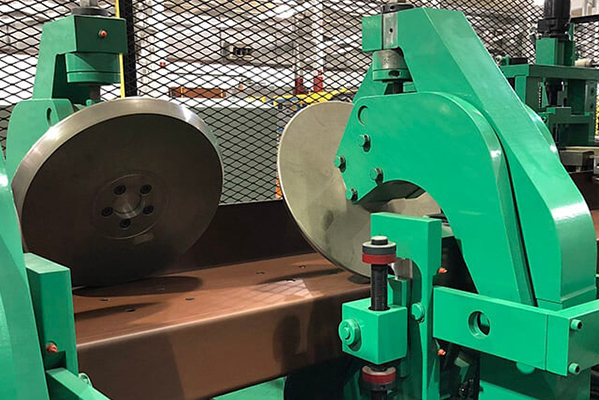Navigation Menu
Contact Us
- Email:
- info@wxavatar.com
- Address:
- Yurong Village, Yuqi Street, Huishan District, Wuxi, China.
Release Date:Apr 07, 2025 Visit:41 Source:Roll Forming Machine Factory
Auxiliary devices are essential components that support the primary operations of machinery and systems across various industries. They enhance efficiency, ensure safety, and maintain optimal performance. This article explores common auxiliary devices used in different sectors, including marine, industrial, power generation, and HVAC systems.
1. Marine Auxiliary Devices
Ships rely on numerous auxiliary devices to ensure smooth operation, safety, and comfort. Key examples include:
Generators – Provide electrical power for lighting, navigation, and communication systems.
Pumps – Used for fuel transfer, ballast water management, cooling, and firefighting.
Air Compressors – Supply compressed air for engine start-up, control systems, and pneumatic tools.
Boilers – Generate steam for heating, sanitation, and cargo operations.
Refrigeration Units – Preserve food and maintain temperature-sensitive cargo.
Sewage Treatment Plants – Process wastewater before discharge to comply with environmental regulations.

2. Industrial and Manufacturing Auxiliary Devices
Factories and production plants use auxiliary equipment to maintain workflow and safety. Common examples are:
Conveyor Belts – Transport raw materials and finished products between production stages.
Cooling Towers – Regulate temperature in industrial processes to prevent overheating.
Dust Collectors – Remove airborne particles to maintain air quality and worker safety.
Hydraulic & Pneumatic Systems – Power machinery and automated tools.
Lubrication Systems – Reduce friction in moving parts to extend equipment lifespan.
3. Power Plant Auxiliary Devices
Power generation facilities depend on auxiliary systems to maintain efficiency and reliability. Key devices include:
Feedwater Pumps – Supply water to boilers in thermal power plants.
Condensers – Convert exhaust steam back into water for reuse in the cycle.
Cooling Fans & Heat Exchangers – Prevent overheating in transformers and generators.
Circuit Breakers & Switchgear – Protect electrical systems from overloads and short circuits.
Battery Backup Systems – Provide emergency power during outages.
4. HVAC Auxiliary Devices
Heating, ventilation, and air conditioning (HVAC) systems use auxiliary components to regulate indoor environments. Common examples are:
Chillers – Cool water for air conditioning in large buildings.
Air Handling Units (AHUs) – Circulate and filter air through ducts.
Humidifiers & Dehumidifiers – Control moisture levels for comfort and health.
Variable Frequency Drives (VFDs) – Adjust motor speed to optimize energy efficiency.
Thermostats & Sensors – Monitor and regulate temperature automatically.

5. Automotive Auxiliary Devices
Modern vehicles incorporate auxiliary systems for performance, safety, and comfort, such as:
Alternators – Charge the battery and power electrical systems.
Power Steering Pumps – Assist in steering control.
Turbochargers & Superchargers – Enhance engine efficiency and power output.
Air Conditioning Compressors – Provide cooling for passenger comfort.
ABS (Anti-lock Braking System) Modules – Improve braking safety.
Conclusion
Auxiliary devices are indispensable in supporting primary systems across industries. From marine engines to power plants and HVAC systems, these components ensure smooth, efficient, and safe operations. Understanding their functions helps in proper maintenance and optimization of complex machinery.